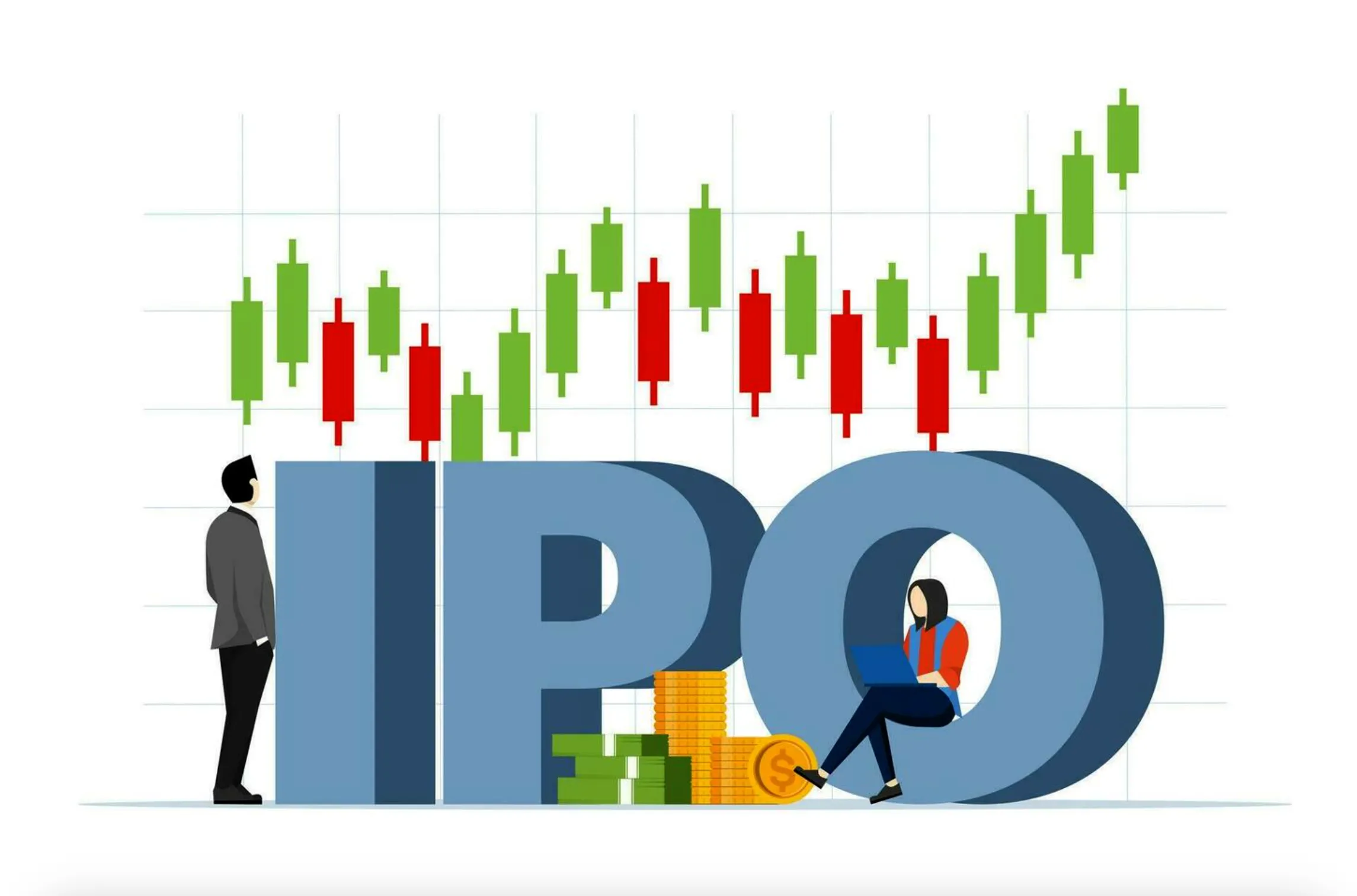IPO of 2025: Top Placements, Returns and Lessons for Investors
The IPO market is traditionally viewed as a showcase of economic optimism, where ambitious startups transform into public giants, and savvy investors have the opportunity to multiply their capital significantly. However, 2025 dispelled this illusion, marking a period of sobering reality for investors, particularly in the Russian market. Instead of the anticipated surge in placements, there arose a near-complete lull, with the few public listings yielding disappointment and losses rather than the long-awaited profits. This was a year when the euphoria of easy money gave way to the bitter reality of risk reassessment.
While the global arena, primarily in the United States, continued to witness the emergence of bright stars in the technology IPO space, the Russian market fell into a state characterised by stagnation. In this in-depth analysis, we will explore the fundamental reasons for this discrepancy, examine the key cases of 2025, extract practical lessons from missteps made, and, most importantly, formulate actionable strategies for investors who still believe in the long-term potential of initial public offerings.
A Market Lull: Why the Flow of IPOs in Russia Dried Up
The main and all-encompassing feature of the Russian IPO market in 2025 can be summarised as 'stagnation'. In the first three quarters, only one company, the fintech platform JetLend, dared to go public on the Moscow Stock Exchange. Sadly, this placement turned out to be more of a warning than a success story. This almost zero result is particularly distressing when compared to the frenzy of 2023–2024, a time when investors queued for shares of dozens of new issuers. The Moscow Exchange IPO Index (MIPO), which serves as a barometer of sentiment in this segment, clearly indicated that most companies that debuted on the exchange in the past two years are trading below their listing price, leading to losses in investor portfolios.
This lull did not arise out of thin air; it resulted from a confluence of several powerful negative factors. Firstly, the tight monetary policy of the Bank of Russia and high key interest rates made debt instruments, such as bonds and deposits, extremely attractive. Why take risks in a volatile stock market when guaranteed double-digit returns are available with minimal risk? Secondly, the general economic uncertainty and ongoing sanctions pressure forced both business owners and investors to adopt a wait-and-see attitude. Companies postponed costly and complex projects aimed at going public, focusing instead on maintaining operational resilience.
In contrast, the global market, while not immune to overall nervousness, appeared significantly more vibrant. In the United States, investors showed strong demand for companies from sectors shaping the future, particularly those related to artificial intelligence and financial technology. The IPO of AI infrastructure provider CoreWeave Inc. and stablecoin issuer Circle Internet Group demonstrated that capital is willing to flow to areas with clear growth narratives, strong technologies, and global ambitions. This contrast highlighted a crucial issue within the Russian market: a lack of not only new entrants but also breakthrough and scalable business models capable of enticing investors amid fierce competition for their funds.
Key Placements: Success Stories and Failures
The Russian Case: A Cold Shower from JetLend
The stock placement of the crowdfunding platform JetLend served as a litmus test for the state of the Russian IPO market. On paper, everything looked appealing: a company from the promising fintech sector, a growing customer base, and a clear business model. However, the outcome was dismal. Following the commencement of trading, prices plummeted and could not recover to the listing price over the ensuing months, trapping thousands of retail investors who had bought into the success story in the red.
The main reason for the failure, according to most analysts, was an inadequately inflated valuation. Underwriters and the company itself valued the business as if all future successes had already been achieved. The market, however, judged otherwise. Investors, chastened by the bitter experience of previous unprofitable IPOs, were unwilling to pay a premium for hopes and expectations. Furthermore, speculative support vanished entirely: the 'flipping' strategy (quickly selling shares on the first day) ceased to work, depriving IPOs of short-term players' backing. The JetLend case effectively illustrated that the era when any narrative could be sold to the market at any price has irrevocably passed.
Global Stars: Lessons from CoreWeave and Circle
While the Russian market languished, several new stars emerged in the United States. The IPO of CoreWeave, which specialises in providing cloud infrastructure for artificial intelligence models, was one of the year’s most significant events. Unlike many 'hyped' stories, CoreWeave's success was founded on solid fundamentals: the company is a key partner of NVIDIA and meets the exponentially growing demand for computing power. Investors bought not promises but a stake in a real, rapidly-growing business, and the market rewarded them with triple-digit stock price growth.
Another example is Circle Internet Group, the issuer of the world's second-largest stablecoin, USDC. Their IPO was also successful. The company presented the market with a transparent and auditable business model, addressing a specific problem—the creation of a bridge between traditional finance and the world of digital assets. Investors appreciated both the stability of business operations and the immense growth potential of the entire cryptocurrency market.
These two cases illustrate what today's global investors are seeking: not just growth, but technological leadership, a scalable business model, and solutions to real-world problems.
The Anatomy of Losses: Why IPO Returns Have Evaporated
The statistics from the last two years are unrelenting: the majority of Russian IPOs have generated losses for their initial investors. The phenomenon of 'IPO pop'—explosive price growth on the first day of trading—which was nearly the norm in 2021, has virtually disappeared. Average returns on the first day have approached zero, and over a three- to six-month horizon, many stocks have demonstrated double-digit declines.
The fundamental reason for this downturn lies in the changing psychology of the market. Where fear of missing out (FOMO) once prevailed, it has now been replaced by the fear of losing money. Investors have adopted a much more sober approach to valuation. Inflated multiples that were previously forgiven in exchange for a 'beautiful story' now serve as red flags. Any disparity between declared ambitions and actual financial performance is immediately penalised by the market.
Another significant factor is the structure of demand. The massive influx of retail investors, often lacking the expertise to assess complex businesses, had previously created excess emotional demand. In 2025, many of these investors, having incurred losses, either exited the market or became much more cautious. Institutional investors, who now play a crucial role, approach analysis much more rigorously, which prevents 'bubbles' from inflating at the outset.
Survival Lessons: How Investors Can Avoid Being IPO Victims
Imagine an investor, let's call him Maxim. In 2023, succumbing to widespread excitement, he participated in several IPOs and made 50% on one of them in just a couple of days. However, in 2025, seeing the placement of a new 'promising' company, he sought to replicate his success, investing a significantly larger sum. The result was a 30% loss in the first three months. What did Maxim do wrong? He acted out of habit, ignoring the fact that the rules of the game had changed drastically.
The bitter experience of recent years has imparted several invaluable lessons to the market:
Conduct your own due diligence. Never make investment decisions solely based on marketing materials and enthusiastic media articles. Your primary task is to look 'under the hood' of the business. Study the offering prospectus, paying particular attention to the 'Risk Factors' section. Analyze financial statements from the past 3-5 years. Who are the main competitors? What is the uniqueness of the product? Answers to these questions are far more important than analyst forecasts.
Be sceptical about valuations. The brightest company can turn into a terrible investment if purchased too expensively. Learn to use comparative multiples (P/E, P/S, EV/EBITDA). Compare the company's valuation with that of its public peers. If it is significantly higher, you need to understand precisely how the company plans to justify such a premium—perhaps through revolutionary technology or explosive growth, or possibly it's simply the unrealistic appetites of sellers.
Keep an eye on the calendar. The end date of the lock-up period (usually 180 days post-IPO) is a moment of truth. On this day, major shareholders, funds, and top executives gain the right to sell their shares. Anticipation of this event often exerts downward pressure on stock prices in advance. For the savvy investor, this is not a threat but an opportunity: either to lock in profits before a potential wave of selling or, conversely, to buy discounted shares from panicking sellers.
Strategy Matrix: Choosing a Path in the IPO Market
The days of earning profits merely by applying for every IPO indiscriminately are long gone. Today’s market demands a thoughtful choice of strategy appropriate to your risk profile and investment horizon.
For the conservative investor, whose primary goal is the preservation and gradual enhancement of capital, direct participation in IPOs today comes with excessive risks. An optimal alternative may be the 'Post-Lock-up' strategy, which involves not participating in the initial placement but monitoring the company's shares 6–9 months afterwards. By this time, the initial euphoria will have subsided, prices will have stabilised, and the company will have released 1-2 quarterly reports as a public entity. This approach allows for a well-informed decision based on actual data rather than promises.
For the moderate investor, willing to take calculated risks for higher returns, the classic 'Buy and Hold' strategy is a suitable option. This involves careful selection of companies with sustainable business models and long-term growth potential. An investor following this strategy should be prepared for possible downturns and should not panic due to short-term volatility; their perspective is measured in years rather than days or months.
Finally, for aggressive investors or speculators who previously profited from the 'Flip-IPO' strategy, tough times have arrived. In the current Russian market, this strategy is nearly unworkable due to the lack of growth on the first days. Attempting to catch short-term rebounds is akin to walking through a minefield. A more considered approach for this category might involve trading shares post-IPO on strong news or earnings reports, where volatility is still high but more predictable.
Who’s Next? A Look Ahead for Russian IPOs
Despite the prevailing pessimism, life in the market has not halted. New potential placements are being discussed in corridors and conferences that may occur towards the end of 2025 or in 2026. Among the most likely candidates are one of the country’s largest publishers of board games, Hobby World, and companies associated with the state corporation “Dom.RF”.
The revival of the IPO market will directly depend on the macroeconomic situation. Key triggers could include the start of a cycle of declining key interest rates, which would rekindle investor interest in risky assets, and the emergence of genuinely large, quality issuers from non-resource sectors—IT, biotechnology, and the consumer sector.
The year 2025 has been painful for the IPO market but also a necessary stage for maturation. It has taught investors to be more discerning while prompting companies to be more modest in their valuations. Perhaps this lull will serve as the foundation for a new, healthier, and more sustainable growth cycle in the future.




